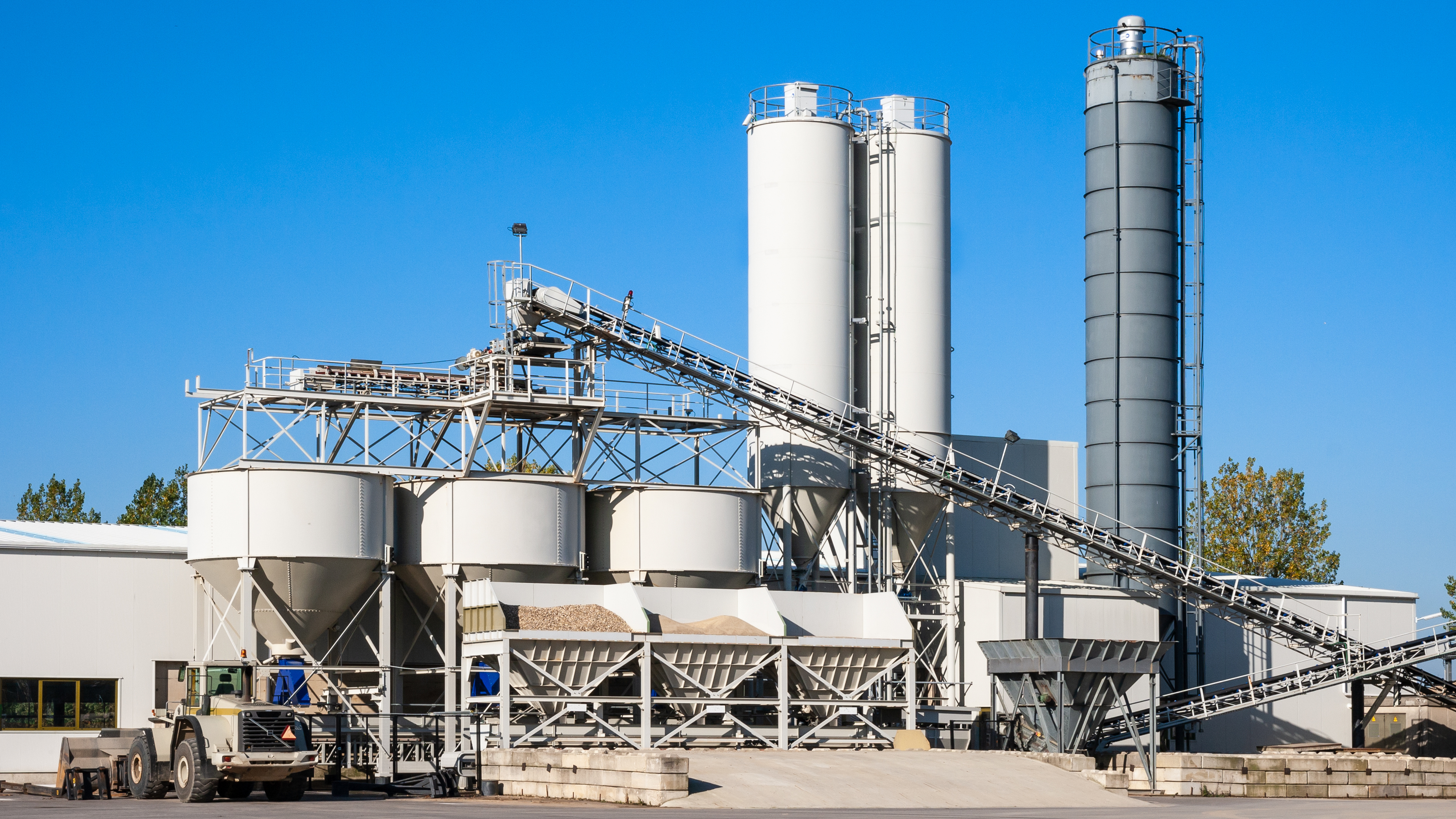Carbon-heavy industries like concrete manufacturing make up 22% of the world’s global emissions. While investors and stakeholders are putting pressure on EHS teams to fulfill environmental goals like “reaching net zero” by a certain rapidly approaching date, there are many challenges that this industry faces when it comes to lowering its impact on climate change. Today we will look at recent environmental enforcement cases, straight from the EPA’s database to figure out which environmental laws concrete manufacturers are actually getting fined or sued for violating and offer some insight into how you can prevent these violations from happening!
The Challenges to Sustainability in Concrete
According to the National Ready Mixed Concrete Association, each pound of concrete releases 0.93 pounds of carbon dioxide. Because concrete combines cement (emissions-heavy product) and aggregate (high water pollution potential), the manufacturing process can be plagued by the risk of violating both air and water quality standards.
On top of this, air and water permits are both increasingly complicated to obtain and maintain compliance with – especially with the ongoing labor crisis that is disproportionately impacting the cement and concrete industry.
Plus, because concrete is such a widely-used material in construction, recently passed bills like the Bipartisan Infrastructure Law, which are meant to boost infrastructure and tackle the climate crisis, also serve to greatly increase demand for the material- driving production, emissions, and opportunities for violations up even higher.
Between the increasingly stringent environmental standards for air and water (two already commonly-violated compliance areas in the concrete industry) and the increased demand for concrete across the world, facilities are already at a disadvantage when it comes to meeting those ambitious sustainability targets.
Proactive Environmental Planning for Concrete Production
It may sometimes feel like you need a crystal ball to predict which environmental policy changes will majorly impact your operations, but fortunately, there are existing trends in EPA enforcement that can serve as a valuable leading indicator for what you should focus your EHS initiatives on. Since 2020, the median cost of EPA penalties charged to concrete manufacturers for violating environmental laws has increased by over 80%.
When also considering the additional costs associated with violations (cleanup costs, process/equipment changes, etc.), the most common and costly enforcement actions often come from Clean Air Act and Clean Water Act violations.

Best Practices from EHS Leaders
Having worked with many environmental experts passionate about proactivity, we’ve put together a few top tips from leaders within the industry to educate and inspire those trying to pave the way toward sustainability in their own companies.
"There’s never a single perfect inspection, and we need to utilize that to create a better environment for ourselves and a track record. Whether it be a slip, trip, fall hazard, a cord on the floor to something larger, something needs to be identified from every single inspection.”
Robert Mcgehee, Director of Environment and Land at Holcim US
"Over the years, air permitting has become much more complicated. The time it takes to complete them and the time it takes for them to process them has really increased. It's like 50-70% of what I do on a daily basis. What we do to mitigate this is digitize everything. We've only submitted things digitally in the past couple of years and it saves so much time."
Kacy Vance, Environmental Manager at CalPortland
"As GHG and carbon emissions have continued to grow, stakeholders have a high focus on carbon neutrality – in part, they are responding to the call for us as a carbon-intensive industry to achieve neutrality, but it's also an attempt at being proactive and doing things that we have the ability to do on our own rather than waiting for them to be dictated upon us. Carbon capture is going to become a bigger part of our cement businesses as we try to achieve carbon neutrality by 2050."
David Perkins, VP of Gov. Affairs and Comm. at Lehigh Hanson

